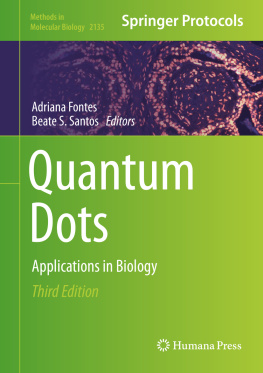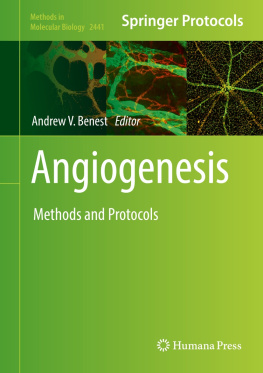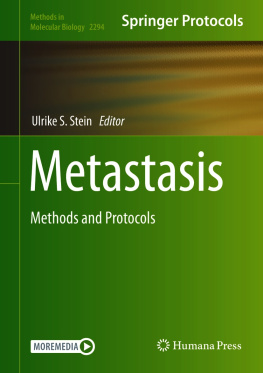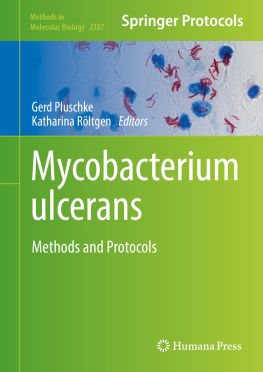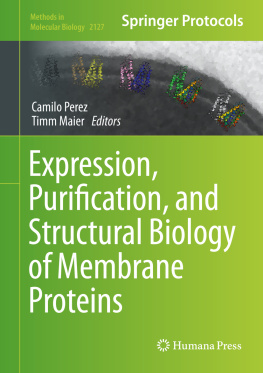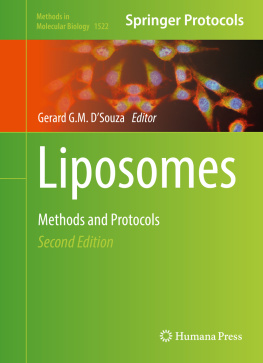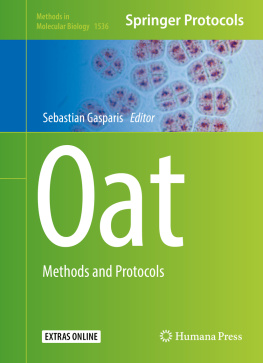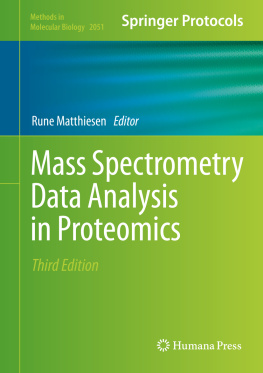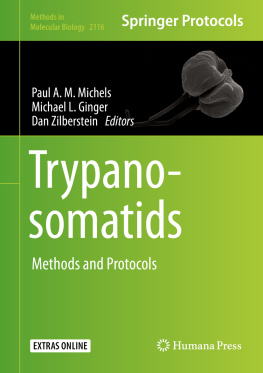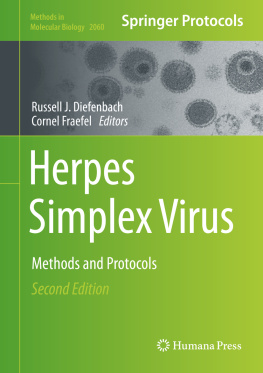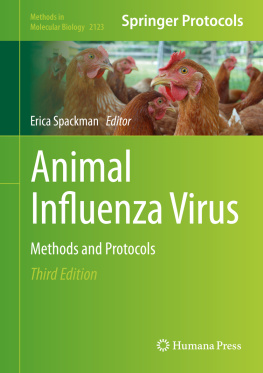Volume 2135
Methods in Molecular Biology
Series Editor
John M. Walker
School of Life and Medical Sciences, University of Hertfordshire, Hatfield, Hertfordshire, UK
For further volumes: http://www.springer.com/series/7651
For over 35 years, biological scientists have come to rely on the research protocols and methodologies in the critically acclaimedMethods in Molecular Biologyseries. The series was the first to introduce the step-by-step protocols approach that has become the standard in all biomedical protocol publishing. Each protocol is provided in readily-reproducible step-by-step fashion, opening with an introductory overview, a list of the materials and reagents needed to complete the experiment, and followed by a detailed procedure that is supported with a helpful notes section offering tips and tricks of the trade as well as troubleshooting advice. These hallmark features were introduced by series editor Dr. John Walker and constitute the key ingredient in each and every volume of theMethods in Molecular Biologyseries. Tested and trusted, comprehensive and reliable, all protocols from the series are indexed in PubMed.
Editors
Adriana Fontes
Biomedical Nanotechnology Group, Federal University of Pernambuco, Recife, Pernambuco, Brazil
Beate S. Santos
Biomedical Nanotechnology Group, Federal University of Pernambuco, Recife, Pernambuco, Brazil
ISSN 1064-3745 e-ISSN 1940-6029
Methods in Molecular Biology
ISBN 978-1-0716-0462-5 e-ISBN 978-1-0716-0463-2
https://doi.org/10.1007/978-1-0716-0463-2
Springer Science+Business Media, LLC, part of Springer Nature 2020
This work is subject to copyright. All rights are reserved by the Publisher, whether the whole or part of the material is concerned, specifically the rights of translation, reprinting, reuse of illustrations, recitation, broadcasting, reproduction on microfilms or in any other physical way, and transmission or information storage and retrieval, electronic adaptation, computer software, or by similar or dissimilar methodology now known or hereafter developed.
The use of general descriptive names, registered names, trademarks, service marks, etc. in this publication does not imply, even in the absence of a specific statement, that such names are exempt from the relevant protective laws and regulations and therefore free for general use.
The publisher, the authors, and the editors are safe to assume that the advice and information in this book are believed to be true and accurate at the date of publication. Neither the publisher nor the authors or the editors give a warranty, expressed or implied, with respect to the material contained herein or for any errors or omissions that may have been made. The publisher remains neutral with regard to jurisdictional claims in published maps and institutional affiliations.
Cover image from the Biomedical Nanotechnology Research Group.
Cover illustration: Image of human mammary fibroadenoma tissue labeled with CdTe quantum dots conjugated to Cramoll lectin. Quantum dot labeling is depicted in orange.
This Humana imprint is published by the registered company Springer Science+Business Media, LLC part of Springer Nature.
The registered company address is: 1 New York Plaza, New York, NY 10004, U.S.A.
Preface
Light plays an important role in life comprehension, allowing for extracting important biological information from single molecules to whole organisms. Among the light-based tools, quantum dots (QDs) have arisen as versatile fluorescent nanoprobes due to their unique optical properties. QDs are highly efficient photostable multifunctional platforms with chemically active surfaces enabling conjugation with molecules, other nanostructures, and surfaces and being an interesting tool to follow long-term biological processes.
When first reported in literature, this class of nanomaterials was not expected to be so useful for biological purposes. Nevertheless, since the end of the 1990s, QDs have been increasingly applied as fluorescent probes in life sciences for quantitative and qualitative labeling of cells, tissues, and small animals, literally shedding light, and unraveling many biological processes. Additionally, over these years, studies in bioanalytical and biosensing fields, which exploit both optical and semiconductor properties of QDs, have also aroused remarkable interest. Moreover, novel conjugation procedures and methods for evaluating these processes have been proposed. More recently, the blinking property of QDs began to be explored in super-resolution microscopy.
In this context, approximately 5 years from the second edition, the third edition of the bookQuantum Dots: Applications in Biologybrings 19 chapters addressing consolidated approaches as well as new trends in the field. The book is organized in four parts; the first part comprises two tutorials, one describing a multivariate approach to optimize the desired QD property and another evaluating the quantum yield of QDs. The second part covers some important features about preparative processes and characterizations of QDs for their successful use as fluorophores. The third part presents methods related to QDs for live cell applications. Finally, the last part demonstrates the versatility of QDs in the bioanalytical and biosensing field. The editors hope that the book can be a useful reference material for people who already work with QDs, providing information about methods and protocols from the basics to the applied science.
Adriana Fontes
Beate S. Santos
Recife, Pernambuco, Brazil

